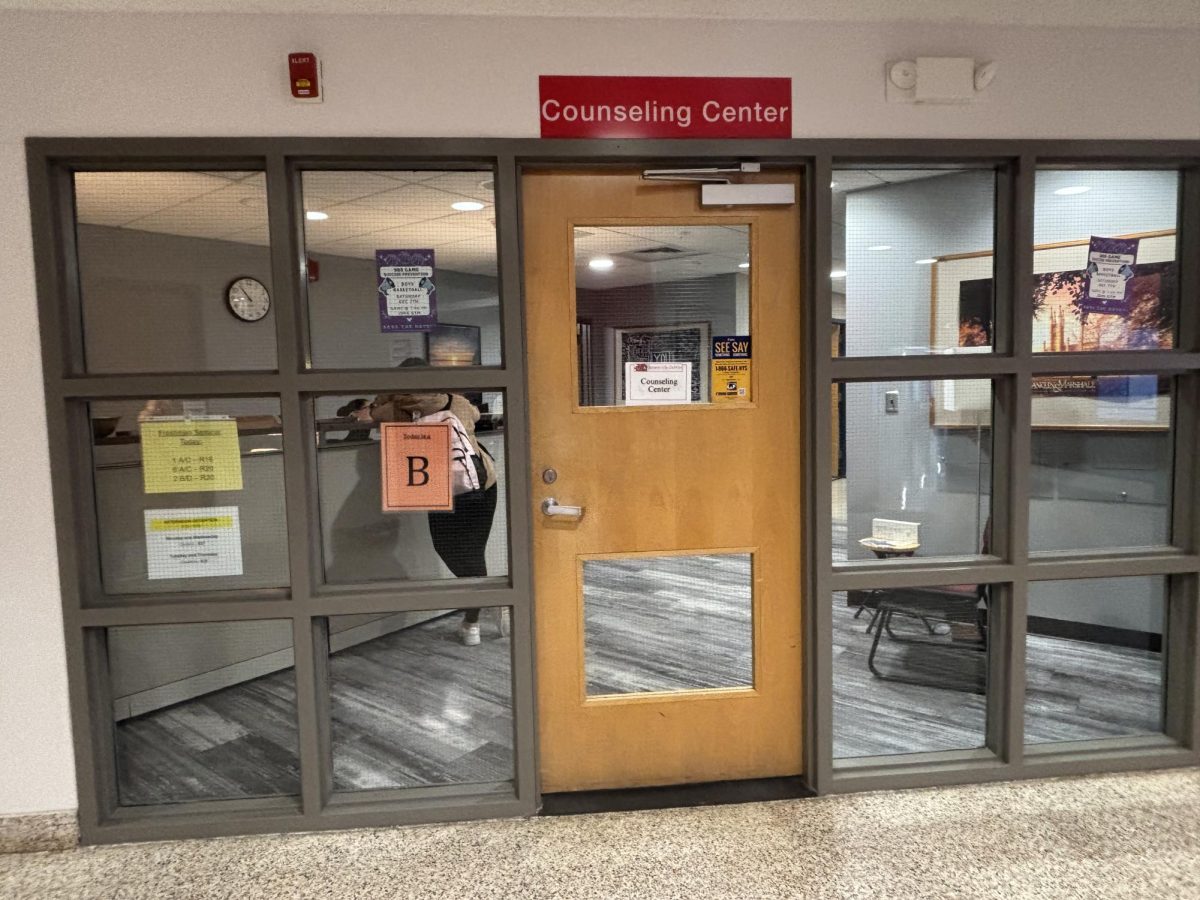On the first day of school, every J-DHS student received a district-issued Chromebook in their homeroom classes. This is the first time in the school’s history that there have been enough Chromebooks to give to every student. The administration hopes the one-to-one Chromebook rollout will help bridge the digital divide, while teachers hope all students will be able to access their digital learning platforms. J-DHS Technology TA Alan Zimmerman played a large role in facilitating the rollout, tackling logistical hurdles to prepare nearly 1,000 Chromebooks for the students.
“We needed to get approximately 1,000 Chromebooks to be one-to-one in the school and have enough to support that program in terms of replacing broken ones and students who need to get them replaced if something goes wrong. My role was logistically to make sure we had enough devices in order to make that happen, and then to figure out how to get them assigned to the individuals and roll them out,” says Zimmerman.
Zimmerman notes the challenges he faced and the timing of the rollout. “[The first challenge was] acquiring the physical devices and making sure that they were usable. With the project itself, it was all or nothing. We couldn’t give half the students Chromebooks and not get them for the other half. It was about making sure we had enough devices to give every student. I don’t know if you’re familiar with how Chromebooks work, but they have a lifespan of four-to-five years. Google stops supporting them with updates after four or five years. We needed to get them synched up to our classes. Our graduating eighth graders would come here for the first time. They’ve been one-to-one, and we needed to get them on the right cycle to be one-to-one here. So it was figuring out how to get enough for each class to get what they needed.”
Zimmerman hopes the rollout will enable students to take advantage of digital educational platforms. “I think [the effect of the rollout] comes down to addressing the inequity of access to technology. Every student needs to have access to technology. When I was a kid, it was books or audio/video recorders. All the information was in a dictionary or encyclopedia. But for you guys now, the information is out there on the internet; you just need to access it. Our students who are marginalized, a lot of them can’t access the internet or have inadequate access to it. Maybe they’re sharing devices with a sibling or they don’t have total 24/7 use. For those students, I think it levels the playing field in that every student can have access to the information that’s out there. Also, it enables teachers to access all the tools that they can for education.” Zimmerman also emphasized the importance of the rollout for students who have to miss one or more days of school.
J-DHS Principal Gregory Lawson echoes this sentiment. “[Purchasing the Chromebooks] is definitely worth it because it ensures this equal playing field. It also allows us to increase what we’re capable of doing in class and at home. [The classroom can] go from a brick-and-mortar place to a virtual atmosphere. It’s the difference between a 2D and a 3D movie. It’s just the accessibility of the resources — you go from having a textbook to a more digital world. That’s the key. Which is hard, because now we’re talking about a generational difference as well. It’s harder for us to change as old folks, but this is a reality that you all have. It’s different. It’s how you’re going to access the world in the future.”
The district hopes to continue the one-to-one Chromebook program in perpetuity. ZImmerman explains, “I think it was really important when [Superintendent Peter] Smith came onboard. He put out the plan. Assistant Superintendent [Peter] Reyes emphasized that we needed to be one-to-one district-wide at some point in this school year. So we did our absolute best to make sure we reached that goal. COVID got in the way — you can’t get devices in bulk right now, it’s really hard. From the top down, from Dr. Smith to the IT people on site, we’ve tried to get you guys what you needed. We made it a point to get you guys one-to-one by the end of the school year. And we’re not done. This program is supposed to continue forever. We can’t just stop being one-to-one. The goal is to keep acquiring enough devices to keep the program going in perpetuity. If you came back in ten years, we’d still be one-to-one.”
The examination of the effects of the rollout are still being evaluated, and changes may be forthcoming. “We’re really talking and working that out now. There are some security parameters and printing issues that we’re looking to navigate. We’re going to need everyone to be flexible enough to work with us as we work through this rollout. There might be some compromises that have to be made, but right now we’re trying to make policy based on informed decision, not based on gut reaction,” explains Lawson.
Lawson recognizes that the district is still learning how to manage the one-to-one Chromebook rollout while also addressing student feedback. “I think the biggest thing is that this is a new process for the high school. We’ll need some patience and some grace as we’re working out the kinks and the logistics. The expectations are pretty simple. We decided consciously not to continue to reiterate that, because we think you all know. But I’m excited to work with these issues and hopefully get some good feedback on what is working and what’s not. Mr. Zimmerman’s the rockstar. He made it happen. He was single-handedly responsible for making this possible for every student, which is an incredible amount of work.”





































